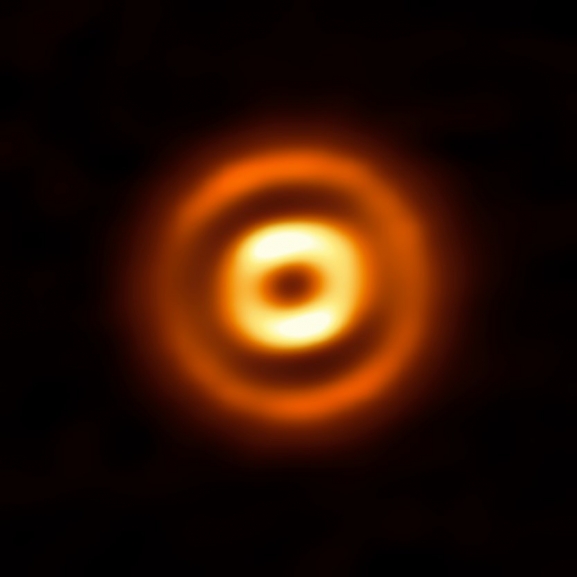 HKU Department of Earth Science
HKU Department of Earth Science
Seminar

Formation of Our Solar System’s Giant Planets via Pebble Accretion
-
Date
August 23,2019
-
Time
12:30PM - 1:00PM
-
Venue
JL104
-
Speaker
Mr. LAU Chi Ho Department of Earth Sciences, HKU
The classical core accretion model of gas giant formation requires the formation of a solid core of around 10 M⊕ to trigger runaway gas accretion, but the growth timescale by pairwise accretion of planetesimals to reach the critical core mass beyond 5AU is likely too long compared to the typical disk lifetime of a few Myr. Meanwhile, large populations of mm- to cm-sized grains, or pebbles, have been detected in protoplanetary disks. This lays the ground for the notion of pebble accretion, where accretion of such small bodies dominates growth. Efforts to incorporate pebble accretion into global simulations of planet formation have shown promising results, although the effect of planetary migration has not been included. The present study aims at assembling the giant planets of our Solar System based on the work by Matsumura et al. (2017), which employed a modified version of the N-body code SyMBA. It will survey the dependence of giant planet formation on the various parameters of the disk model, planet migration and pebble accretion.
Additional information: Mr. Tommy LAU, tommylch@connect.hku.hk
